Description
Ocean Hunter Premade 14.5mm Silver Bands
The Ocean Hunter Premade 14.5mm Silver Bands suit all rail guns. Made up in-store by our staff, we save you the time and effort of making them yourself. You can of course also choose to make your own bands with a Bridle D.I.Y kit, however we understand that you may not have the tools, time or skills, so we have pre-made these to help.
The microbore rubber is designed to get the maximum power output of your speargun. A microbore has a much smaller internal volume, and will thus reduce hydraulic breaking of the band during contraction after firing.
The rubber is designed to maximise the amount of material in the band so you get the maximum effect from a smaller rubber. Both the material density and the stretch ratio maximise the power output of your speargun. Additionally, the smaller diameter, compared to other bands, helps to reduce drag.
Pre-made bands are perfect as spare parts to keep in your bag, whether you go on a longer spearfishing trip or just a day trip.
Even a day trip? Oh yes – because once you’re on the water, you’re always far from any shops.
Features of the Ocean Hunter Premade 14.5mm Silver Bands:
- Reduces hydraulic braking of the band during contraction after firing.
- Material density and stretch ratio maximise the power of your gun
- Smaller diameter compared to other rubbers reduces drag during firing
- Diameter: 14.5mm
- Colour: Silver
Are you using twin rubbers?
If you’re using a twin rubber setup, we recommend going one size up for ease of loading and improved accuracy.
Example: if your speargun is 80cm (800mm) long, we recommend to order two 900mm bands.
Always struggling to load your speargun?
Call us during shop hours and we’ll work out the best setup for you.




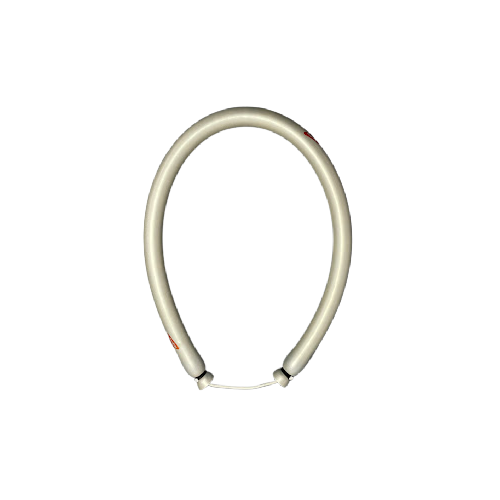
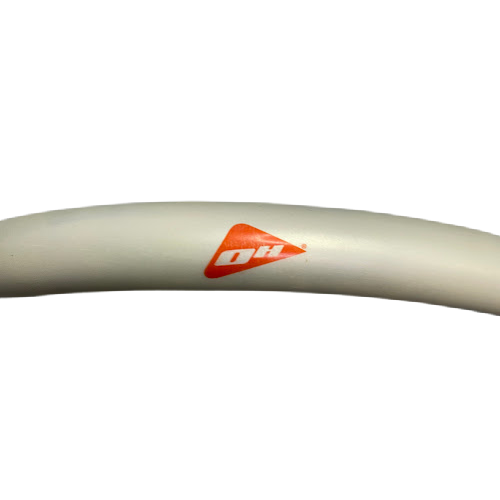
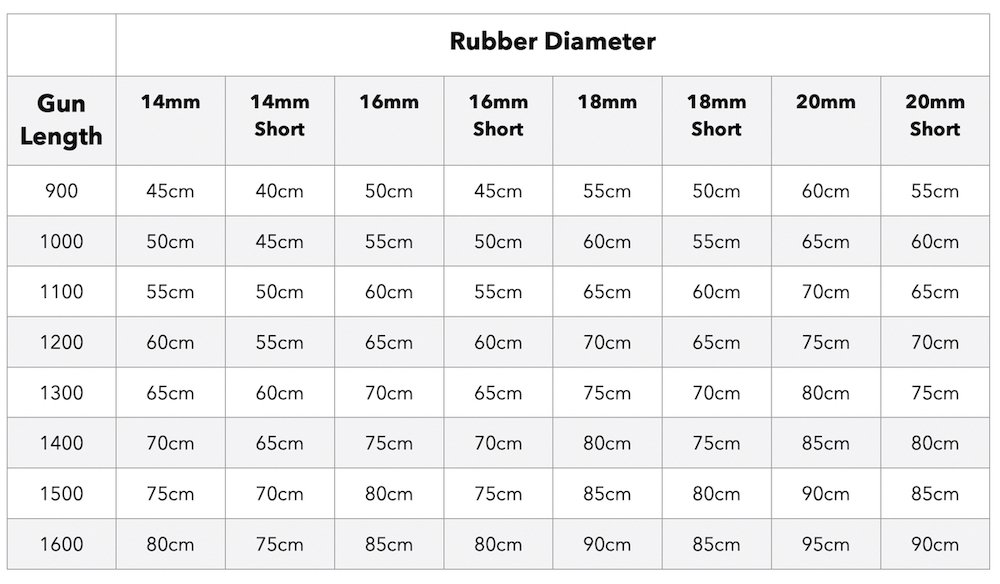
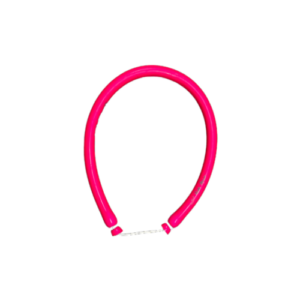
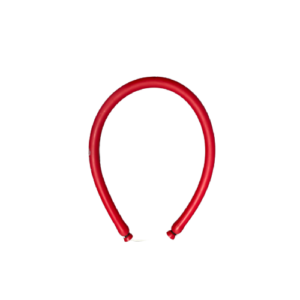
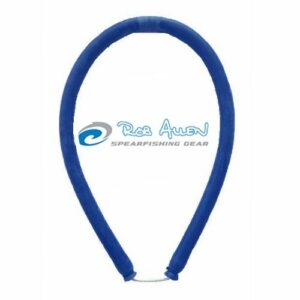
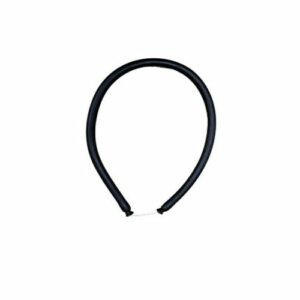

Reviews
There are no reviews yet.